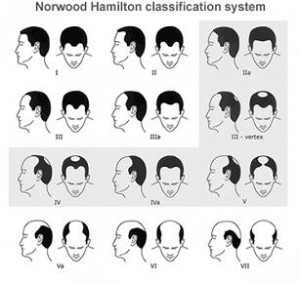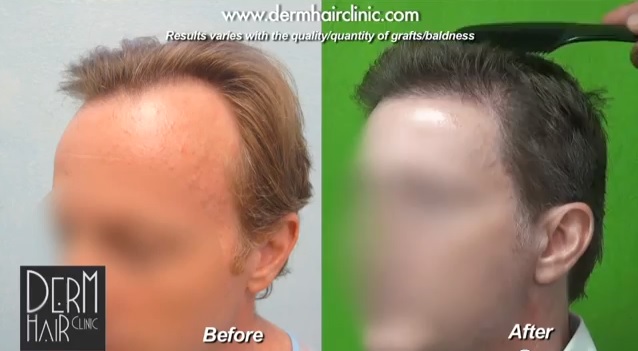The Link Between Testosterone and Balding
Hair loss patterns and contributions for hair loss distinctly affect men and women. Men tend to lose hair based solely on genetics. Women typically experience temporary hair loss due to psychological factors and permanently due to aging and hormonal imbalance. Androgenic alopecia, or pattern baldness, is the most common hair loss causation factor in men and women. This chronic, genetic-based condition makes recipients of the gene more sensitive to the hormone dihydrotestosterone (DHT), which miniaturizes follicles. Those with genetically weak androgen receptors thus suffer hair loss.

RESEARCH ON THE LINK BETWEEN TESTOSTERONE AND BALDING
Journal research revealed on PMC — part of the U.S. National Institutes of Health’s National Library of Medicine (NIH/NLM) — demonstrated that testosterone is the main hormonal factor of male baldness. Testosterone is the main androgen hormone, and also responsible for masculinity, libido, virility and possibly aggression. Testosterone binds to the androgen receptor in your hair follicles.
The link between testosterone and balding also raised questions if baldness is a sign of virility. John Burton first investigated this hypothesis with detailed research on testosterone production. He also studied how the body and skin reacts to testosterone, including sweat production, muscle mass, bone size, beard growth and sebum production.
Burton’s “masculinity” surrogate markers, however, showed no relationship to baldness. This included sweat secretion rate, skin thickness, muscle thickness, bone thickness, hair density on the body, serum testosterone levels and sebum secretion rate.
A new recent study published in the Medical Journal of Australia also reveals no significant association between different stages and severity of balding and virility. While testosterone does contribute to balding, the link between testosterone and balding is how the hair follicle receives the testosterone signal. Further research is being conducted to investigate how genetic differences influence the androgen receptors of non-bald and bald men.

